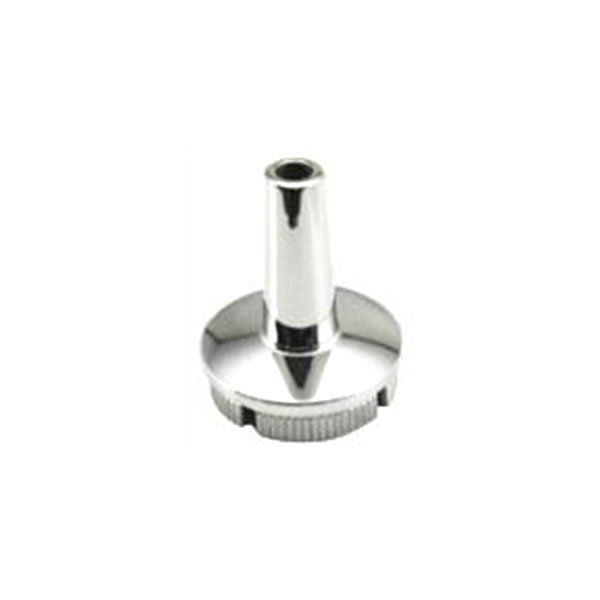What is sand casting?
Dec 18,2024
Sand casting is a casting process with a long history and wide application, mainly used to manufacture metal parts. It uses sand as the main molding material, and completes the molding of parts through molding, box assembly, pouring and other processes. The following is a detailed introduction to sand casting:
Sand casting is a casting process with a long history and wide application, mainly used to manufacture metal parts. It uses sand as the main molding material, and completes the molding of parts through molding, box assembly, pouring and other processes. The following is a detailed introduction to sand casting:
1. The basic principle of sand casting
Core principle
Sand particles (such as quartz sand) are mixed with binders (such as clay, resin, etc.) to form a sand mold to form the mold cavity and pouring system of the casting. Pour the molten metal into the sand mold cavity, wait for the metal to cool and solidify, destroy the sand mold to take out the casting, and then clean and process to obtain the required parts.
Key materials
Molding sand: a mixture of sand (mainly quartz sand), binders (such as clay, water glass, resin, etc.), and additives (such as coal powder, sawdust, etc.), used for molding.
Core sand: used to make sand cores (forming internal holes, cavities and other structures of castings), with higher performance requirements than molding sand, requiring higher strength and air permeability.
2. Process flow of sand casting
The main steps of sand casting are as follows:
Mold preparation
According to the design requirements of the casting, make a mold (pattern) that matches the shape of the casting, usually made of wood, metal or plastic.
Molding
Hand-made molding: suitable for small batches, complex or large castings, and the sand mold is made by manual sand filling, compaction, demolding and other operations.
Machine molding: The use of molding machines to realize the automated production of sand molds is efficient and suitable for mass production.
Core making
Sand cores are made with core sand and core boxes to form the inner cavity or complex structure of the casting. Some sand cores need to be dried to increase strength.
Combining the box
Combine the sand mold (cavity) and the sand core together to form a complete casting mold, and fix it to prevent dislocation during pouring.
Smelting and pouring
Melting metal (such as cast iron, cast steel, aluminum alloy, etc.) to a suitable temperature, and injecting the molten metal into the sand mold cavity through the pouring system.
Cooling and sand dropping
After the molten metal cools and solidifies, the sand mold is destroyed to remove the casting (sand dropping).
Cleaning and inspection
Remove sand, flash, pouring and riser from the surface of the casting, inspect the size, surface quality and internal defects (such as pores and cracks), and perform heat treatment or machining if necessary.
3. Characteristics of sand casting
Advantages
Low cost: Sand mold materials are cheap, mold manufacturing is simple (especially manual molding), suitable for small batch production or trial production of complex parts.
Strong adaptability:
Various metals (such as iron, steel, aluminum, copper, etc.) and alloys can be cast.
Can produce castings with complex shapes and large sizes, such as engine cylinders, machine tool beds, etc.
Flexible process: No complex equipment is required, manual molding can quickly adjust the mold, suitable for personalized or customized production.
Disadvantages
Low casting precision: Sand molds are easy to deform, castings have large dimensional errors, and high surface roughness, which often require subsequent machining.
Low production efficiency: Manual molding is time-consuming and labor-intensive. Although machine molding improves efficiency, the cost of mold replacement is high, which is not suitable for ultra-large-scale mass production.
Sand molds are disposable: Sand molds can only be used once and need to be reshaped after production, which generates a lot of waste sand (but some sand can be recycled and reused).
4. Application scenarios of sand casting
PREVIOUS:






